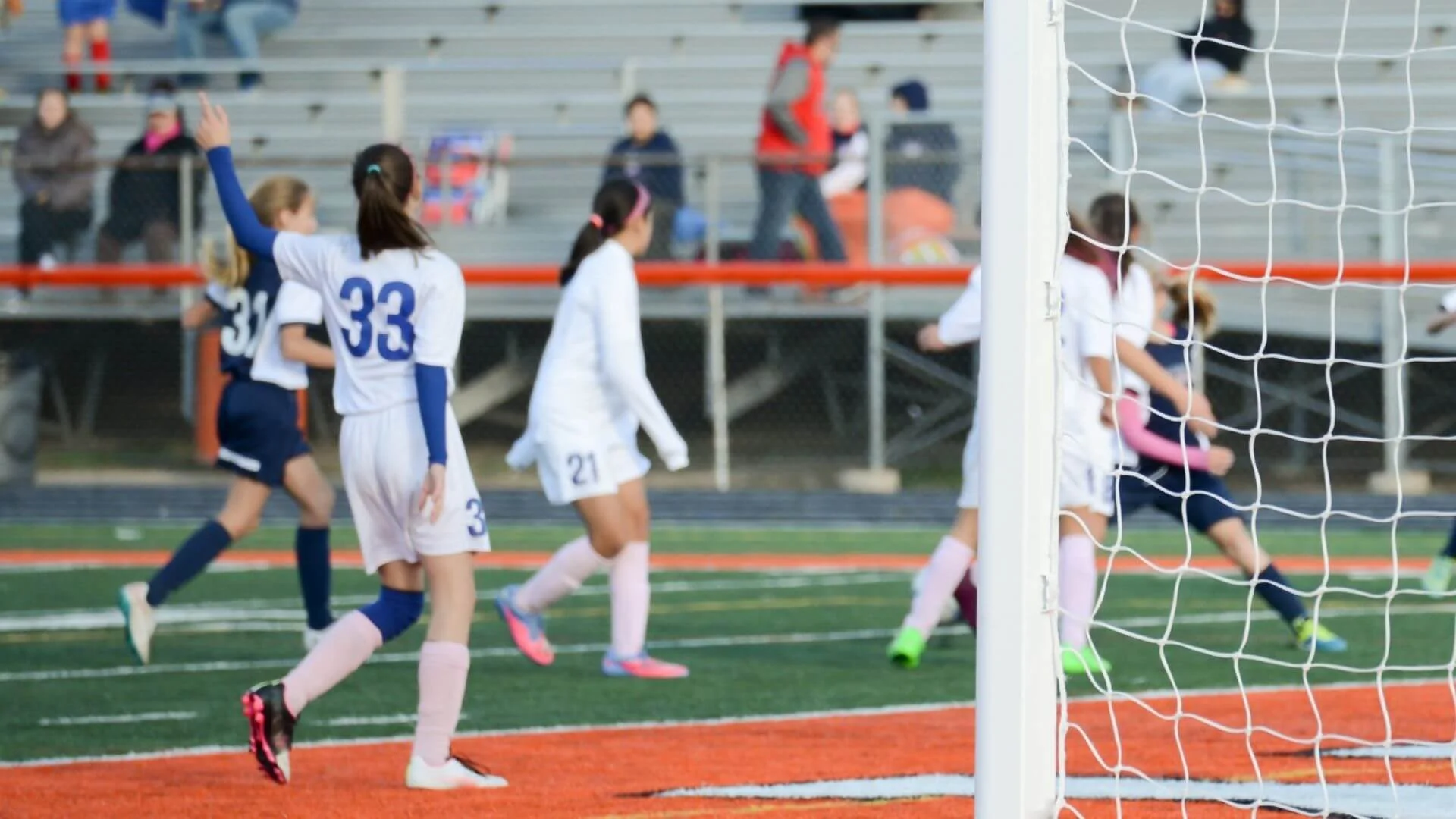Playing Fair, Playing Hard: Reflections on Sportsmanship from a Goalkeeper’s Perspective
Sportsmanship: “an understanding of and commitment to fair play, ethical behavior and integrity, and general goodwill toward an opponent.” Simply put, the athlete’s moment of truth and character are revealed. In high-pressure situations and matches, will the athlete show discipline, poise, and play with integrity, skill, and tact? Or will they play with an attitude and a chip on their shoulder?

As an athlete and goalkeeper, I know how easy it is to get caught up in a match and be so focused on winning and keeping a clean sheet. In these situations, I try to take a beat, pause, and remember the importance of having the correct mindset, good leadership, and a focused mentality.
It’s those tied matches–being up or down by one goal against a rival team–that I feel athletes get tested whether or not they are a good sport. They must recognize that rational behavior is more important than the desire to win. Especially considering the youth level, the fundamental focus should be on development versus the win-at-all-costs methodology. When you are younger, the hallmarks of good sportsmanship are typically about the basics. Losing gracefully, shaking the opponent’s hands after a match, not gloating about a win, etc.
It’s not until you’re older that athletes start to really learn and experience good sportsmanship and gamesmanship. It’s about playing hard but fairly while maintaining the sport’s integrity and spirit. The line between sportsmanship and gamesmanship definitely has some gray areas and is subject to open interpretation. But if you are lucky, you have had good role models, coaches, and an understanding of how far having a growth mindset can take you, that the line becomes more apparent.
On the flip side, even with good coaching and role models, some athletes use the blurred line as an advantage to get ahead. Illegal stalls, jabs to a player’s ribs or back when referees are not looking, trash-talking mind games to get into the opponent’s head, etc., are all used by some players.
Being a multi-sport athlete and playing in different leagues and arenas, I’ve witnessed and experienced players pushing these boundaries. It hasn’t always been in matches, either. Surprisingly, even at identification (ID) camps, athletes can miss the mark of displaying good sportsmanship. I’ve had a few instances at camps where players, instead of honoring the rotation and subbing in and out when the coaching staff blew their whistle, stayed in to get extra touches and time in front of coaches, leaving some athletes sidelined for a while. I’ve also witnessed players trying to rattle others mentally they felt were a possible threat. One instance was being paired with other goalkeepers during drills, and they deliberately tried to give me a bad setup so I looked like less of a competitor.
One of the college athletes assisting at one of these camps gave me a helpful piece of information: coaches look at each player’s character, too. She shared with me that the coaching staff relies on feedback from the college athletes assisting at the camps, and this is where this behavior gets shared. I also remembered a coach saying that college coaches are not just looking at talent but for a good fit for their program and soccer family. The player(s) they select spend four to five years with the team, so it’s important they are in tow with the team’s mentality and are able to gel well. Someone trying to cause conflict or make others look bad might not be a good fit in their “family.”
I do have to say that I’ve had more positive experiences of good sportsmanship at ID camps than bad. I think it’s important to remember that at one time or another, whoever you view as a competitor can and often will become a teammate or will help challenge you to become a better player because they help elevate your game. Not everyone, though, has this same perspective, and I understand that.
This brings me to the biggest platform where sportsmanship, whether good or bad, is on display: the high-pressure matches at college and ECNL Showcases.
College and ECNL Showcases provide athletes an opportunity to highlight their skills directly in front of not one but many college coaches and scouting staff. This obviously heightens the stakes and emotions for athletes and sometimes creates an ethical dilemma. In a split second, it can go from a competitor looking for the edge–the legal advantage–to the embellishing of a fall to draw a foul–the psychological tactics to an unsanctioned tackle resulting in injury.
Everyone likes to win, but it’s how teams and athletes win that should matter. Undermining the integrity of the sport, causing an injury intentionally, or taunting a player does not take the kind of skill I imagine many college coaches are looking for. But this behavior exists, and as a goalkeeper, I often have to face an intentional collision by another player. One of my trainers told me to focus on self-accountability and how I will react to these instances because they happen often. Holding a grudge against my opponent will only hinder my ability to stay focused on my performance and be the leader I want to be on and off the field.
I sometimes get criticized for being too friendly and forgiving as a goalkeeper, and I need to have more of a competitive edge, but I disagree. It’s about having the total package as a competitive athlete, which includes the right mindset and mentality. And if I’m being honest, it’s the hard-fought matches where the ball found the back of the net or I got into a collision that are the games where I learn, grow, and develop to be a stronger opponent and athlete.
So after these games, it is why it’s important to thank my opponents for a good match. Good sportsmanship plays a crucial role in creating a positive and supportive environment for athletes to thrive.
_
GIRLS SOCCER NETWORK: YOUR SOURCE FOR GIRLS SOCCER NEWS













